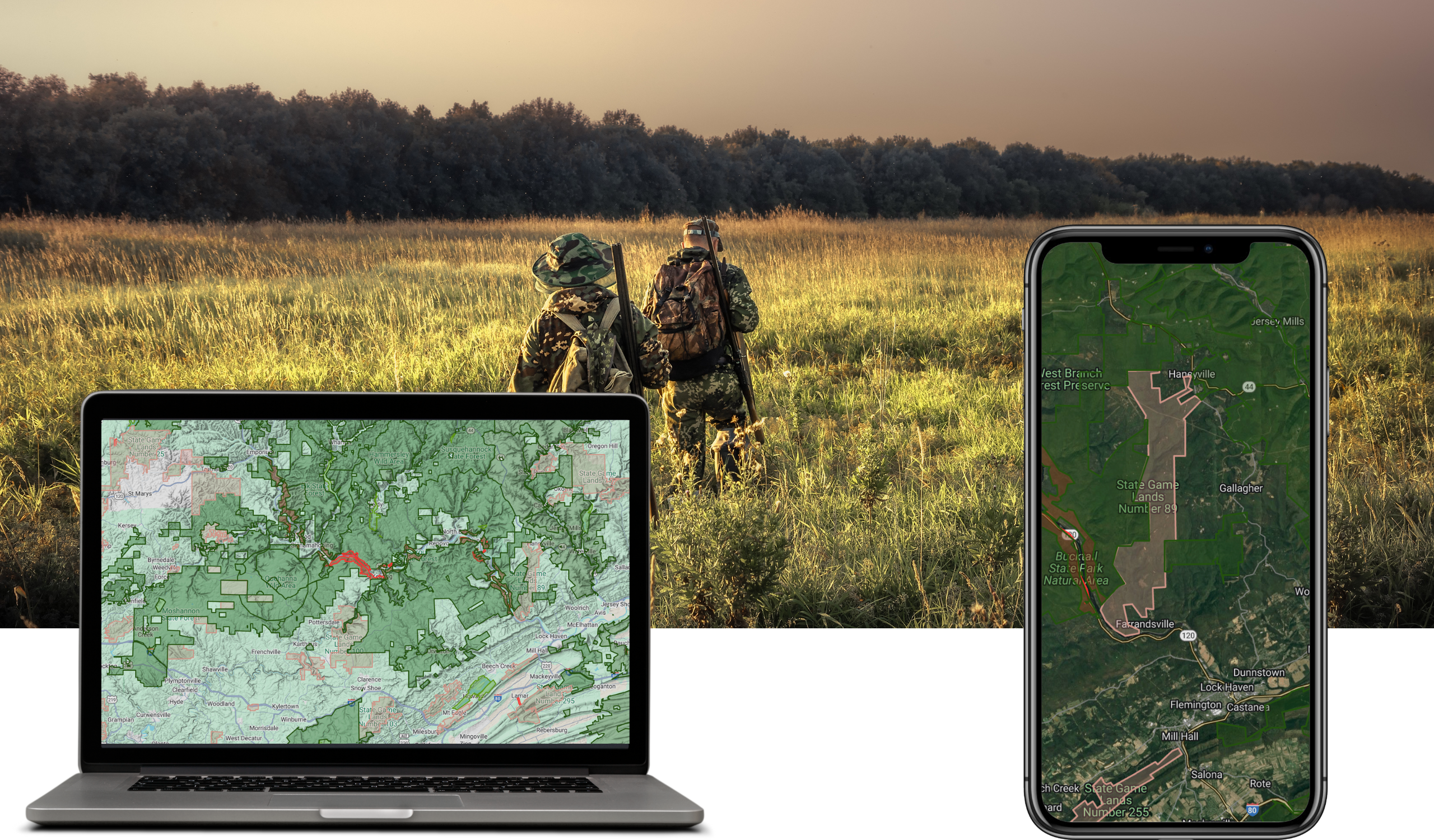If you hunt in northern California, there’s a new tool you’ll want to keep an eye on. The California Department of Fish and Wildlife (CDFW) just rolled out an interactive wolf mapping system. It’s designed to give the public — including us hunters — a better look at where wolves are roaming.
This might sound like a win for transparency, but it’s more than that. For anyone managing land, scouting game, or just trying to understand how predators are shifting the landscape, this map offers a rare glimpse into the movement patterns of California’s growing wolf population.
CDFW’s Wolf Mapping System: A First for the State
Announced in May 2025, the new tool uses GPS data from collared wolves and verified sightings to plot recent wolf activity across Northern California. It’s updated monthly and shows general location clusters without giving away exact spots — for good reason.
Wolves in California are still considered endangered at the state level. That legal protection comes with tight restrictions. This map helps strike a balance between public awareness and species protection.
You can access it here.
Why Track Wolves?
Wolves have been slowly returning to California since 2011, when OR-7 famously crossed the Oregon border into Siskiyou County. Since then, more packs have followed. As of 2024, there were five known packs in the state: Lassen, Whaleback, Beckwourth, Big Valley, and Tulare.
Some of these wolves are fitted with GPS collars — a common practice for large predators. These collars give researchers a better idea of home ranges, pack dynamics, and even predation habits. But they don’t cover every wolf. Most packs have only one collared member.
Here’s the key: the data used for mapping is not real-time. It’s delayed intentionally to protect the animals from harassment or illegal activity. That means the map won’t help you find a wolf — but it will help you understand if you’re operating in wolf country.
What the Map Shows
- Generalized movement data from collared wolves (location points are randomized within a 5-mile buffer)
- Monthly updates to reflect recent activity
- Geographic context showing counties and terrain
- Verified wolf activity reports, which include sightings, tracks, and trail cam captures submitted by the public
It’s meant to be informative — not pinpoint accurate. That said, if you’re hunting deer or elk near known wolf territory, this is a good heads-up.
Why Hunters Should Care
Wolves are apex predators. Their presence changes the behavior of deer and elk. That shift affects everything from herd movement to calving success. In Oregon and Idaho, long-time hunters have already seen what unchecked wolf populations can do to game numbers.
Here in California, wolves are still relatively few — but growing. And the landscape is more densely populated, with fragmented habitat. That puts more pressure on both prey and predator. Knowing where wolves are becoming active can help:
- Adjust scouting strategies — especially in late summer and early fall
- Report new activity to CDFW through proper channels
Even if you never see one, wolves influence how other wildlife behaves. If they’re working a drainage hard, elk may ghost the area for weeks. And once a pack settles into a home range, they can change migration routes entirely.
The Bigger Picture
CDFW says this new mapping system is part of a broader effort to bring the public into wildlife conservation. But it also reflects a growing reality: wolves are back, and they’re not just passing through.
For now, the map covers confirmed territories and doesn’t track every wolf. But it’s a solid start. It gives hunters one more tool to understand the evolving dynamics in California’s wildlands.
